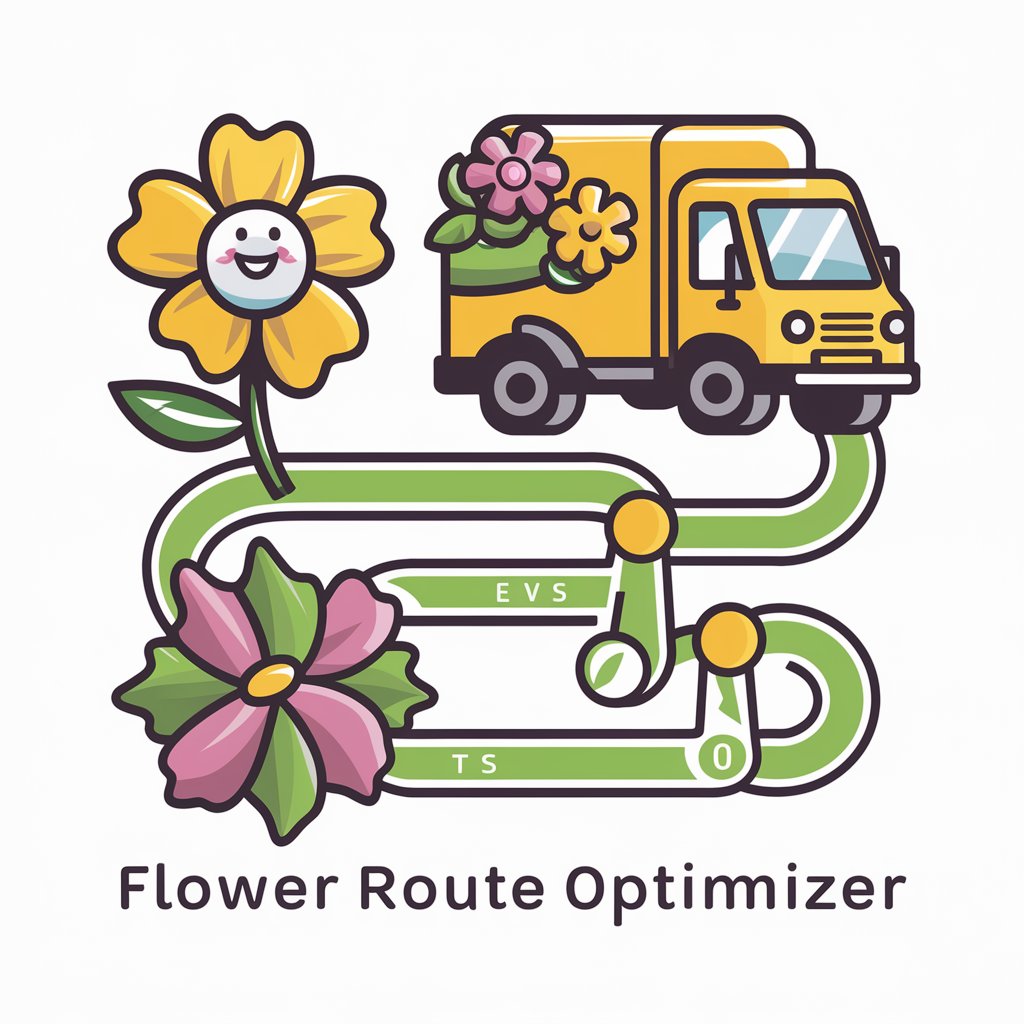
Leaf Analyzer - Plant Health Assessment

Empowering plant care with AI analysis.
Get Embed Code
Introduction to Leaf Analyzer
Leaf Analyzer is a specialized tool designed to assist in the detailed analysis and interpretation of plant leaf samples, particularly focusing on nutrient content and overall health. It combines the latest advancements in agronomic science with cutting-edge technology to provide comprehensive diagnostics of leaf samples. This system is particularly useful in optimizing plant nutrition by identifying deficiencies and surplus of nutrients within the leaves. For example, Leaf Analyzer can help in determining the optimal time and quantity for fertilizer application, thereby enhancing crop yield and reducing wastage of resources. Powered by ChatGPT-4o。

Main Functions of Leaf Analyzer
Nutrient Analysis
Example
Determination of macro and micronutrients such as nitrogen, phosphorus, potassium, and trace elements like iron and zinc.
Scenario
Farmers can use this function to assess the nutrient status of their crops and adjust fertilization plans to ensure optimal growth and yield.
Disease Diagnosis
Example
Identification of nutrient-related diseases or deficiencies by analyzing the chemical composition of leaf samples.
Scenario
Helps in early diagnosis and management of diseases like chlorosis or necrosis, which can be related to specific nutrient imbalances.
Fertilization Optimization
Example
Using data from leaf analysis to recommend precise fertilizer types and dosages.
Scenario
Enables precision agriculture practices by providing tailored fertilization recommendations that match the specific needs of the plants, thereby increasing efficiency and sustainability.
Ideal Users of Leaf Analyzer Services
Commercial Farmers
Large-scale producers who need precise and scalable solutions to manage the nutrient intake of diverse crops across extensive farming operations.
Agricultural Consultants
Professionals who provide expert advice on crop management, soil health, and fertilization strategies to their clients, leveraging detailed data from Leaf Analyzer.
Research and Development in Agronomy
Scientists and researchers who are studying plant nutrition and soil health can use detailed analytical capabilities of Leaf Analyzer for experimental and control studies.

Using Leaf Analyzer: Step-by-Step Guide
1
Visit yeschat.ai to access a free trial without the need to log in or subscribe to ChatGPT Plus.
2
Select the 'Leaf Analyzer' tool from the available options to start your session.
3
Upload a leaf image or enter specific data about the leaf for analysis, such as species, health condition, and environmental factors.
4
Review the analysis provided by Leaf Analyzer, which may include nutrient content, disease identification, or growth recommendations.
5
Utilize the detailed report to adjust care or treatment plans for your plants, ensuring optimal health and productivity.
Try other advanced and practical GPTs
The Tea Leaf
Steeped in Knowledge, Powered by AI

9 Leaf
AI-Driven Cannabis Cultivation Guide

Leaf Doctor
Diagnose plant diseases instantly with AI

Modern Leaf
Empowering plant care with AI.

Lazy Leaf Chef
Your AI-Powered Recipe Advisor

Tea Leaf Whisperer
Unveiling Your Path with AI

EcoCompanion
Empowering Sustainable Living Through AI

Flower of Life
Empowering growth through AI-driven insights

Flower Route Optimizer
Bloom on Time, Every Time

Osage Murder Flower Moon Informant
AI-powered insights into the Osage Murders

Oshaberi Flower
Talk to Flowers with AI

Flower of the Day.
Discover Flora with AI

Frequently Asked Questions about Leaf Analyzer
What is Leaf Analyzer?
Leaf Analyzer is a tool designed to help users assess the health and nutrient status of plant leaves through image analysis or specific data input. It provides valuable insights for better plant care.
How accurate is Leaf Analyzer?
Leaf Analyzer uses advanced algorithms and a comprehensive database to deliver highly accurate assessments. However, results can vary slightly based on the quality of the input data or images.
Can Leaf Analyzer diagnose plant diseases?
Yes, Leaf Analyzer can help diagnose various plant diseases by analyzing visual symptoms presented on the leaf images provided by the user.
Is Leaf Analyzer suitable for all types of plants?
Leaf Analyzer is versatile and can be used for a wide range of plants, including vegetables, fruits, ornamental plants, and more, making it suitable for both amateur gardeners and professional farmers.
How can I improve the results I get from Leaf Analyzer?
For the best results, ensure that the leaf images uploaded are clear and detailed, cover multiple angles, and are taken in good lighting. Accurate input of environmental and health condition data also enhances the analysis.





